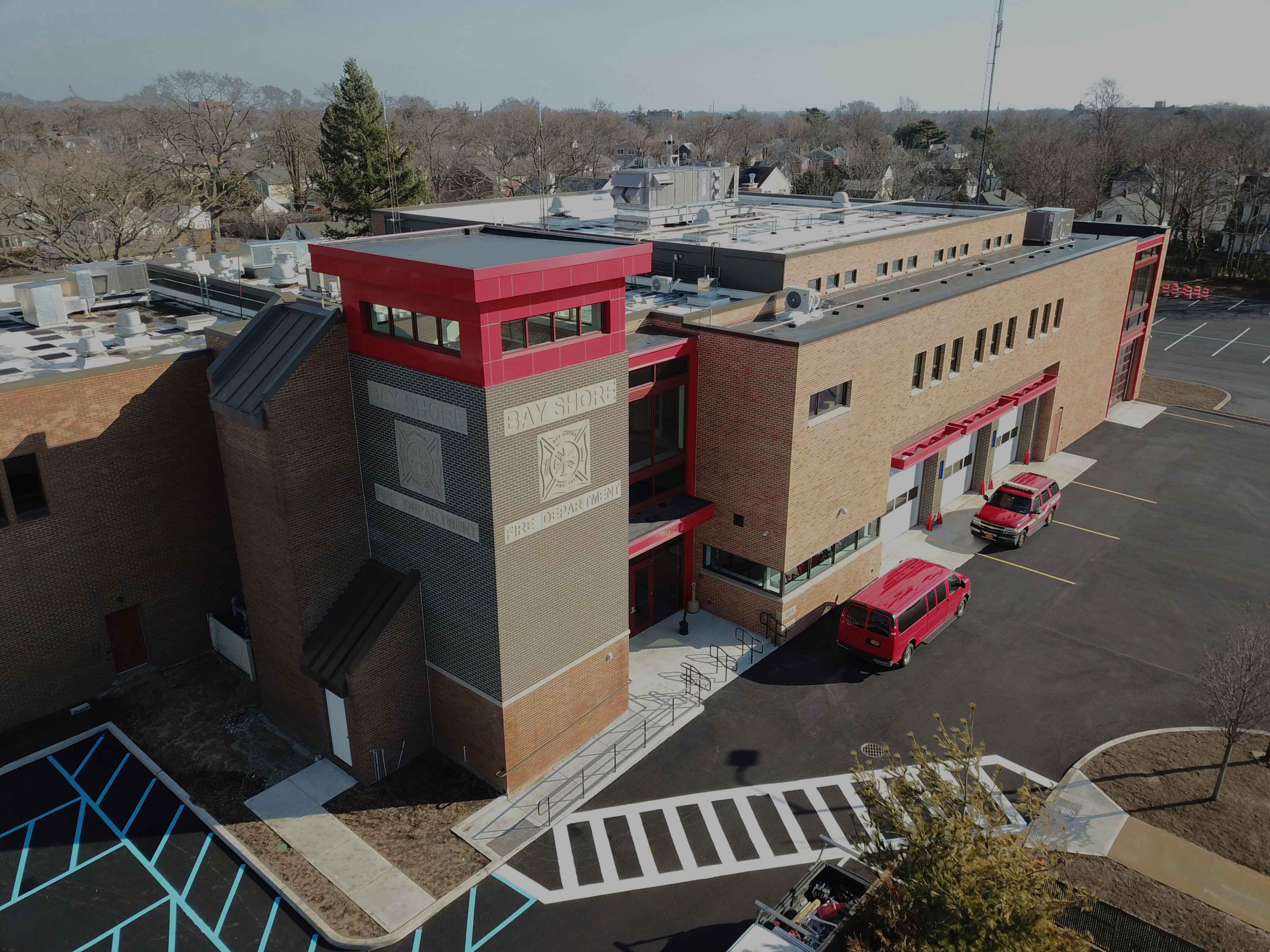Understanding SCC construction: A Comprehensive Guide
Steel Concrete Composite (SCC) construction has become increasingly popular in modern building and bridge design due to its numerous advantages. This method Combines the strengths of steel and concrete, resulting in structures that are both robust and efficient. This article provides a comprehensive overview of SCC construction, covering its principles, components, construction methods, advantages, disadvantages, and applications.
What is SCC Construction?
SCC construction involves the integration of structural steel and reinforced concrete to create a composite member that behaves as a single unit. This is achieved by effectively transferring the shear forces between the steel and concrete components, ensuring they work together to resist loads. The steel section typically forms the primary structural element, providing high tensile strength, while the concrete encases the steel, enhancing its compressive strength and providing fire protection.
Key Components of SCC Structures

Several key components are essential to the success of SCC construction:
Steel Section: This is the primary structural element, usually in the form of rolled steel beams, columns, or Plates. The steel section provides the primary resistance to bending and axial loads.
Construction Methods for SCC Structures
The construction of SCC structures typically involves the following steps:
1. Fabrication of Steelwork: The steel sections are fabricated in a workshop, cut to the required lengths, and prepared for the installation of shear connectors.
2. Erection of Steelwork: The steel sections are erected on site using cranes or other lifting equipment. Temporary supports may be required to ensure stability during construction.
3. Installation of Shear Connectors: Shear connectors are welded to the steel section at predetermined intervals. This is a critical step in ensuring composite action.
4. Formwork Erection: Formwork is erected around the steel section to contain the concrete. The formwork must be carefully designed and installed to prevent leakage and maintain the desired shape of the concrete.
5. Placement of Reinforcement: Reinforcement bars are placed within the formwork according to the design specifications.
6. Pouring of Concrete: Concrete is poured into the formwork and vibrated to remove air pockets and ensure proper consolidation.
7. Curing of Concrete: The concrete is cured for a specified period to gain strength and durability. This involves keeping the concrete moist and protected from extreme temperatures.
8. Removal of Formwork: Once the concrete has achieved sufficient strength, the formwork is removed.

Advantages of SCC Construction
SCC construction offers several significant advantages:
Increased Strength and Stiffness: The combination of steel and concrete results in a composite member with significantly higher strength and stiffness compared to either material acting alone. This allows for longer spans and heavier loads.
Disadvantages of SCC Construction
While SCC construction offers many advantages, it also has some disadvantages:
Higher Initial Cost: The initial cost of SCC construction can be higher than conventional reinforced concrete construction due to the cost of the steelwork and shear connectors.
Applications of SCC Construction
SCC construction is used in a wide range of applications, including:
Bridges: SCC is commonly used in bridge construction, particularly for long-span bridges, due to its high strength and stiffness.
Conclusion
SCC construction is a versaTile and efficient method for creating robust and durable structures. By combining the strengths of steel and concrete, SCC construction offers numerous advantages, including increased strength and stiffness, improved fire resistance, and faster construction. While there are some disadvantages, such as higher initial cost and complex design, the benefits of SCC construction often outweigh the drawbacks, making it a popular choice for a wide range of applications. As technology advances and construction techniques improve, SCC construction is likely to become even more prevalent in the future. Understanding the principles, components, construction methods, advantages, and disadvantages of SCC construction is essential for engineers and architects involved in the design and construction of modern infrastructure.
scc construction
